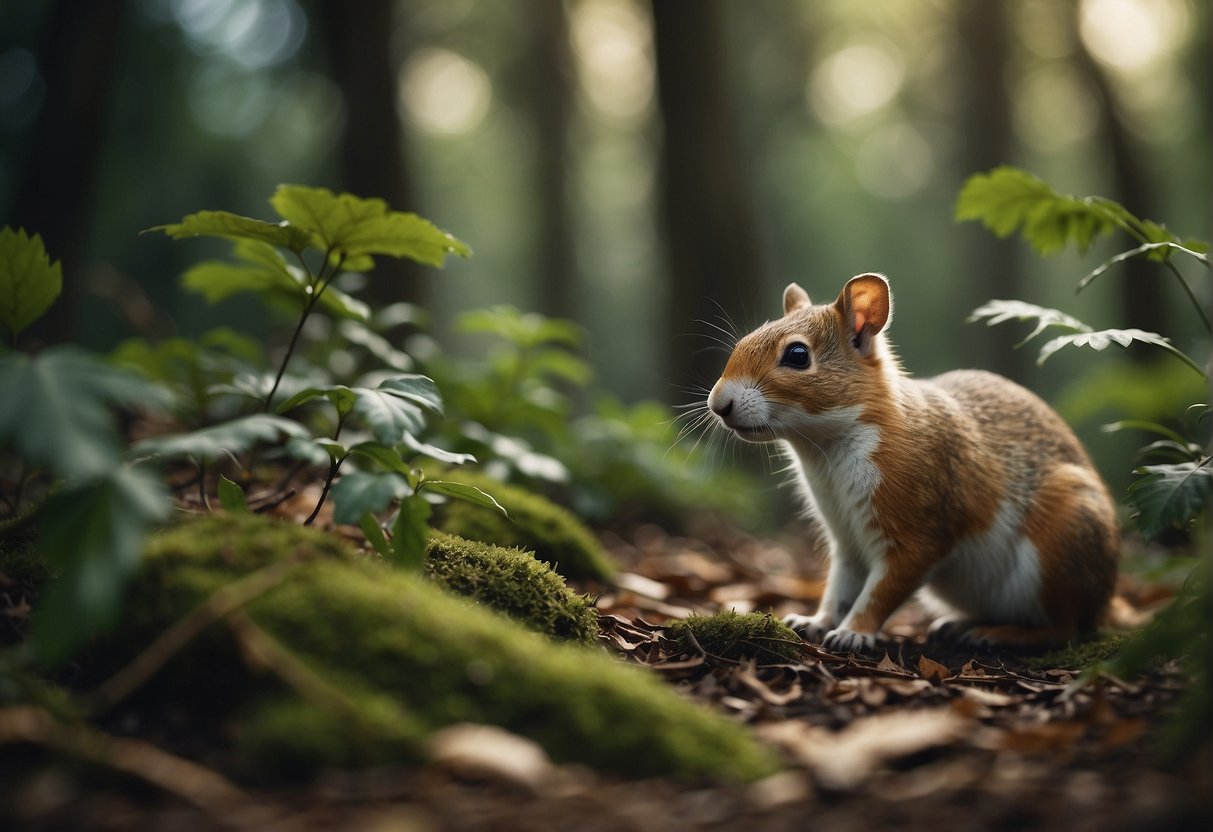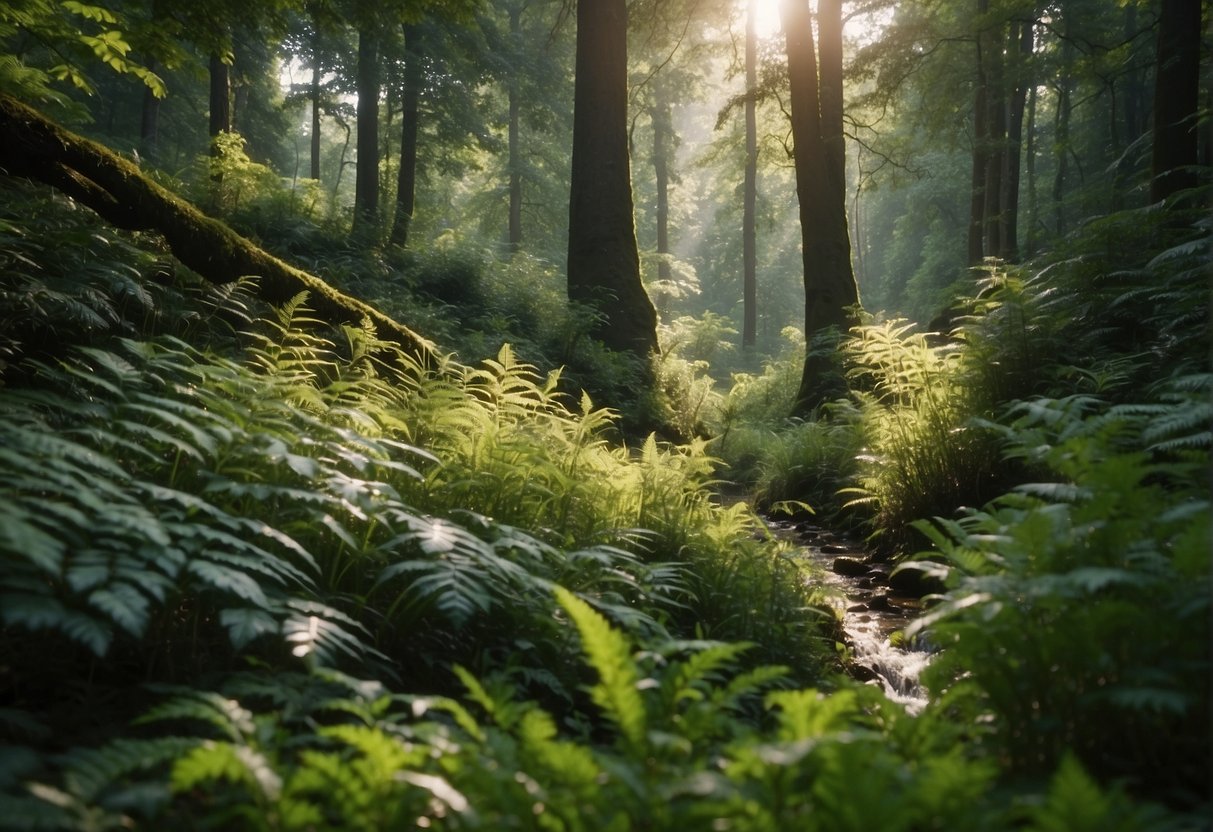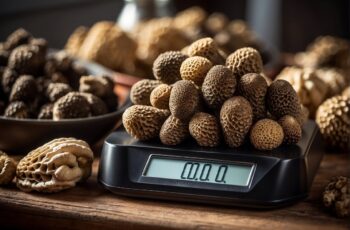Foraging is an art as much as it is a skill that connects you with the natural world in a direct and intimate way. When you’re out in the wild, identifying and collecting edible plants and mushrooms, you’re participating in a tradition as ancient as humanity itself. As you learn to spot various species, you gain invaluable knowledge that can provide both sustenance and the pleasure of connection with the environment. Remember, this practice isn’t just about survival; it’s about understanding the intricacies of nature and the multiple uses of wild food.

As you embark on this journey, it’s crucial to recognize the importance of respect—for both the plants you harvest and the community of foragers. Sustainable practices ensure that these wild resources continue to thrive for future generations. Learning which plants are edible is just one aspect; knowing how to harvest them without causing harm is equally important. It’s about being part of an ecosystem, not just a consumer of its resources.
Your experience with foraging will likely deepen your appreciation for the environment and foster a sense of community with fellow foragers. The shared knowledge of wild edibles helps cultivate a mutual respect for the land and its bounty. It’s a path that leads to greater self-sufficiency, a healthy lifestyle, and an enriching hobby that can be enjoyed year after year. So, as you step into the world of foraging, do so with confidence and curiosity, and let the wild be your guide.
Fundamentals of Foraging
Embarking on your foraging journey combines a respect for nature with the joy of discovering and harvesting wild food. Your introduction to the wild pantry starts here, with understanding ethics, identifying what’s safe to eat, and knowing how to forage responsibly.
Understanding Foraging Ethics
When you step into the woods, you are a guest in the home of countless plants and animals. Your approach to foraging should be grounded in respect for the environment and the wildlife that depends on it. Follow a few simple ethics: only take what you need, never harvest rare species, and always
leave enough behind for the animals and regeneration of the plant. The goal is to have a minimal impact on the ecosystem you are entering.
Remember, you are part of a community of foragers, and your actions set an example for others. Keeping this in mind, seek permission before foraging on private property or in parks where regulations may apply.
Identifying Edible Species
One of your most crucial tasks is correctly identifying edible plants, berries, mushrooms and roots. Mistaking a poisonous species for an edible one could have serious health consequences. Start by learning about the most common and safe species in your area.
- Start with a field guide specific to your region.
- Consult with an expert forager or take part in foraging workshops.
- Always double-check the Latin names to avoid toxic lookalikes.
Use technology to your advantage, and consider contributing to apps and websites that collect and share such information. The knowledge you share helps build a safer foraging community.
Safety and Permissions
Safe foraging is the cornerstone of your outdoor adventures. It’s not just about what you pick, but also about where and how. Before foraging, do your research on local laws and regulations to ensure that you have the necessary permissions to forage in a specific area.
- Public lands may have specific guidelines or prohibitions regarding foraging that you need to adhere to.
- Always respect private property and obtain clear permission from landowners.
- Understanding the importance of responsibility ensures both your safety and the preservation of the plants you gather.
By embracing principles of ethical foraging and fostering a safe and respectful relationship with nature, you ensure that the wild spaces you cherish will be there for generations to come.
Foraging Techniques and Tools
Venture into the wild with confidence, using modern technology and reliable equipment to maximize your foraging success. Know your environment, and choose tools that enhance your ability to identify, collect, and preserve the bounty of nature.
Using Technology to Identify Plants
Modern foraging often leverages technology to make plant identification easier and more accurate. An AI-powered plant identification app can be your digital field guide. With a simple photo search, you can match the leaves, flowers, or fruits you find with a database of species. These apps provide detailed information on the season for harvesting, edible parts of the plant, and even recipes. For example, if you come across dandelions, an app can confirm its identity and suggest ways to incorporate this nutritious weed into your meals.
Remember: Always double-check with a physical field guide or local expert, as technology should augment, not replace, traditional knowledge.
Physical Tools for Foraging
Equipping yourself with the right tools can make foraging more efficient and enjoyable.
- Foraging Basket or Mesh Bag: Ideal for carrying and keeping your finds like fruits, nuts, and seeds ventilated.
- Sharp Knife: Essential for cleanly cutting mushrooms or plants, such as dandelions, without damaging the underground structures.
- Foraging Journal: Keep track of locations, species found, and harvest times, enriching your understanding and respect for the ecosystem.
Physical tools complement your foraging experience and respect for the land. Choose tools that aid in sustainable practices, ensuring the future abundance of resources.
Culinary Applications and Preservation
Foraging connects you with the natural world, offering an array of wild edibles that can elevate your culinary repertoire. This section will guide you on how to prepare these gifts of nature and ensure their longevity through effective preservation.
Preparing Wild Edibles
When you bring wild food to your table, ensuring it’s safe and tasty is your first priority. Below are steps to prepare wild edibles:
- Identification: Always be certain of a plant’s identity before consuming. Use reputable guides or work with experienced foragers.
- Cleaning: Gently wash fruits, leaves, or roots to remove any dirt or insects. For example, wild garlic should be thoroughly washed to remove contaminants before use.
- Testing: If it’s your first time trying a specific wild edible, sample a small amount to ensure you don’t have an allergic reaction.
Incorporating wild edibles into recipes can be as simple as substituting them for grocery store fruits and vegetables. Try adding serviceberries to your pancakes for a natural touch, or use foraged herbs to infuse a unique flavor into your dishes.
Storing Foraged Items
Proper storage techniques are the key to extending the shelf life of your foraged bounty. Consider the following storage options:
- Drying: Herbs and many leafy greens can be dried and stored in airtight containers.
- Canning: Preserve fruits in the form of jams, jellies, or syrups. Preserved serviceberries make excellent toppings for desserts.
- Freezing: Many berries and fruits freeze well and maintain their taste when defrosted.
With the right preparation and storage, you can savor the taste of the wild throughout the year, bringing a piece of nature’s untamed culture into your daily life.
Environmental Impact and Sustainability

It is vital to recognize the delicate balance between engaging in foraging and preserving the natural environment. Your actions have a direct impact on the ecosystems you explore. By foraging responsibly, you protect the woods and wild areas for future generations.
Avoiding Overharvesting
Foraging for plants like nettles and dandelions must be done with care to avoid overharvesting, which can endanger local flora. Always follow the principle of taking no more than you need—often recommended as no more than one-third of an existing patch. Abstaining from overharvesting not only maintains the balance of the ecosystem but also ensures that the plants can continue to proliferate. Collecting in national parks is usually not permitted; check local regulations before you forage.
Key Things to Remember:
- Never take more than one-third of a plant population in an area.
- Always check if foraging is permitted in the area you’re exploring.
- Protect native species by not introducing invasive species or pesticides.
Fostering Foraging Communities
When you forage, you’re part of a wider community of nature enthusiasts who share a love for the outdoors. Joining social media groups or local foraging communities can offer invaluable advice, and together, you can play a role in protecting and sustaining the natural environments you frequent. Collectively, you can share best practices, like the importance of not disturbing protected woods or removing invasive weeds that threaten biodiversity.
Tips for Building a Foraging Community:
- Use social media to connect with fellow foragers.
- Organize community foraging outings, being careful not to trample plants or create new trails.
- Share expert advice and experiences regarding sustainable foraging practices.


